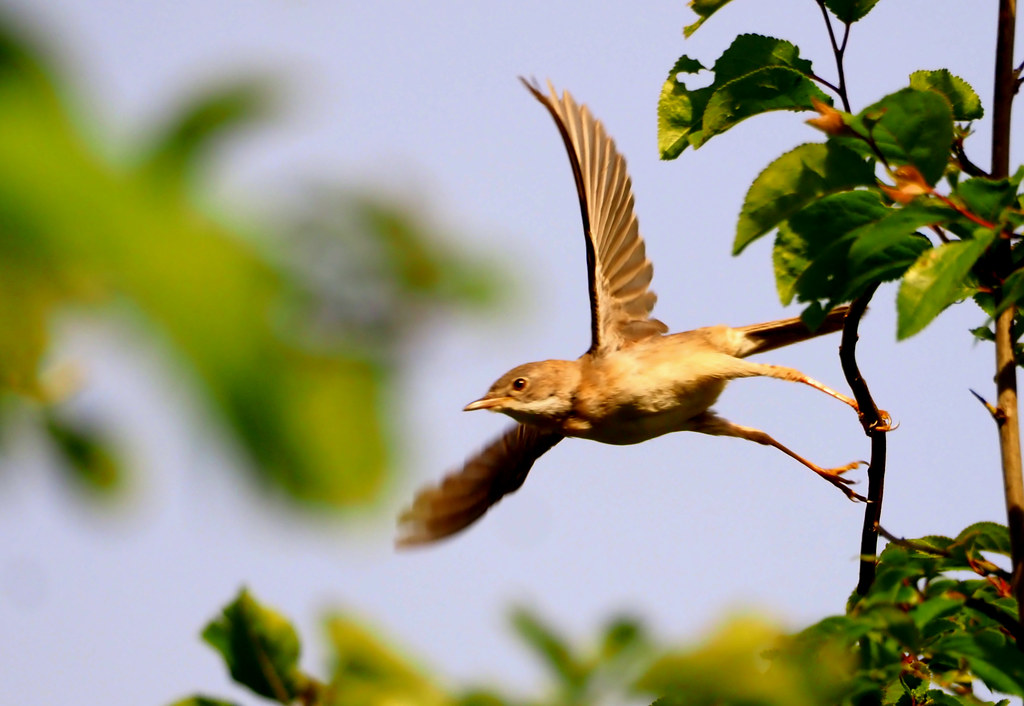#Common Whitethroat
Text

[2650/11080] Common whitethroat - Curruca communis
Also known as: greater whitethroat
Order: Passeriformes
Suborder: Passeri
Superfamily: Sylvioidea
Family: Sylviidae (typical warblers)
Photo credit: Daniel Maza via Macaulay Library
#birds#Common whitethroat#Passeriformes#Passeri#Sylvioidea#Sylviidae#Curruca#birds a to z#greater whitethroat#undescribed
41 notes
·
View notes
Text

I wish you all a nice Common Whitethroat Tuesday
#i see this type of post sometimes but ive never seen one in german i feel like this is an untapped market. to me at least#'warbler' in german is 'grasmücke' which means 'grass mosquito'. very fitting name i think#vögel#dorngrasmücke#common whitethroat#birds
12 notes
·
View notes
Text


Whitethroat - Papa-amoras (Curruca communis)
Serra da Estrela/Portugal (9/05/2023)
[Nikon D7100; AF-S Nikkor 500mm F5,6E PF ED VR with Nikon AF-S TC-14E III; 1/640s; F8; 400 ISO]
15 notes
·
View notes
Photo









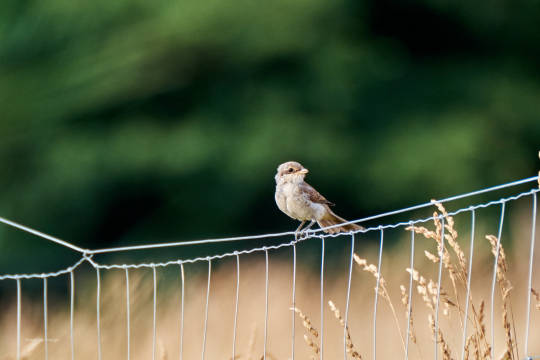
Birds on the branches, birds in the fields and birds on the fences - wonderful company in the evening (pictures from yesterday 22.7.)
#photographers on tumblr#original photographers#evening stroll#birding#bird watching#yellowhammer#Goldammer#stonechat#Schwarzkehlchen#common whitethroat#Dorngrasmücke#a family of red-backed shrikes#eine Familie Neuntöter
82 notes
·
View notes
Photo
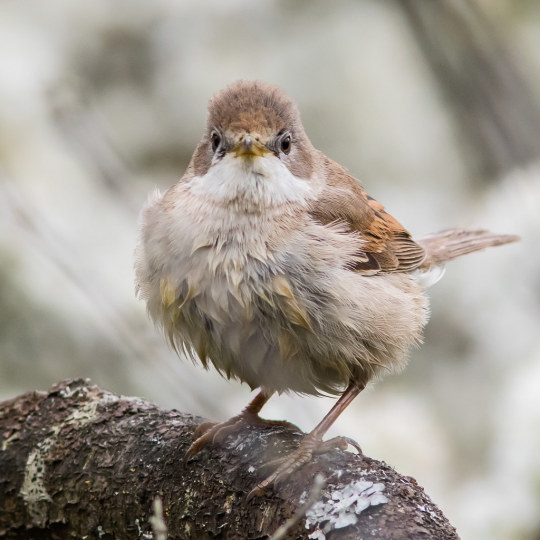
Common Whitethroat (Curruca communis)
© Pascal Bernardin
82 notes
·
View notes
Photo

Common Whitethroat (Curruca communis)
© Pascal Bernardin
28 notes
·
View notes
Text



A little bird I'm not very familiar with, but would assume is Mrs Common Whitethroat
2 notes
·
View notes
Video
Whitethroat by Oliver Andrews
Via Flickr:
A whitethroat foraging in the top of a hawthorn at RSPB Fen Drayton Lakes.
#animal#animals#bird#birds#cambridgeshire#canon#canonuk#common whitethroat#curruca communis#fen drayton lakes#greater whitethroat#nature#nature reserve#outdoors#rspb#sylvia communis#whitethroat#wildlife#Cambridge#England#United Kingdom#flickr
2 notes
·
View notes
Photo


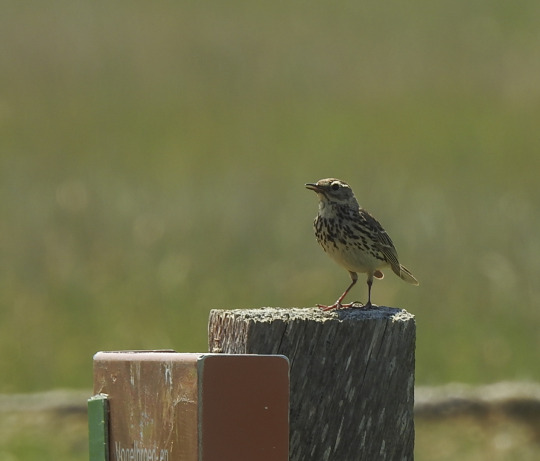


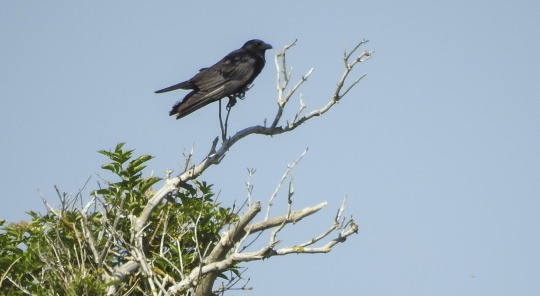
Feathered friends
Photos © art-of-crow
#Art-of-Crow#cool-crows#nature#birds#photography#little ringed plover#Eurasian skylark#Great reed warbler#common whitethroat#carrion crow#barn swallow
3 notes
·
View notes
Text
And still the Nightingales sang on... not that we saw them!

View On WordPress
0 notes
Photo

A new variant has been added!
Common Whitethroat (Curruca communis)
© tomodachibirb
It hatches from bright, brownish, coastal, common, jerky, little, low, migrant, narrow, overall, puffy, rusty, white, and whitish eggs.
squawkoverflow - the ultimate bird collecting game
🥚 hatch ❤️ collect 🤝 connect
1 note
·
View note
Text
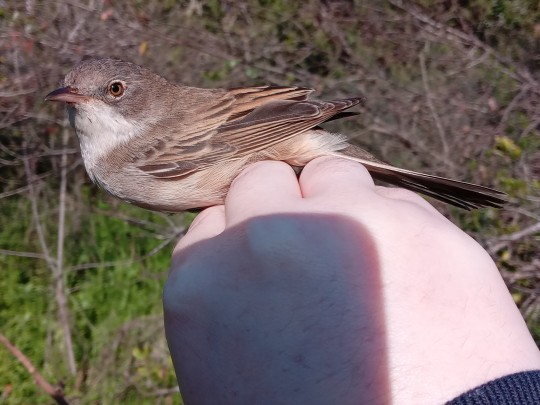
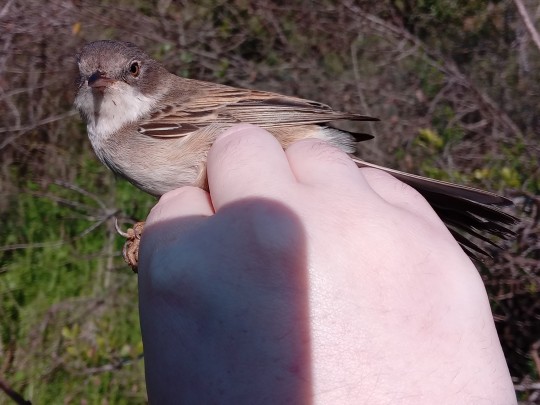

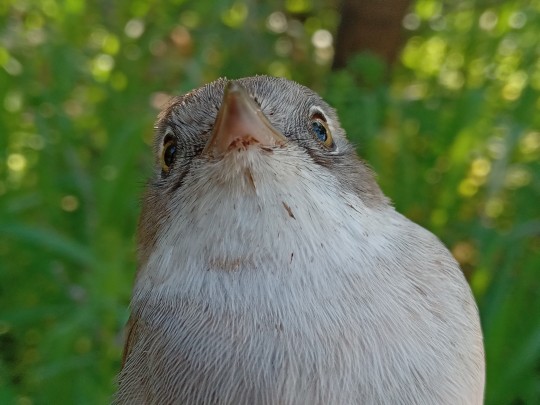
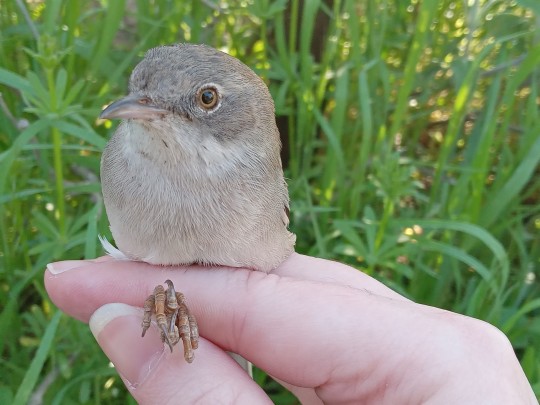

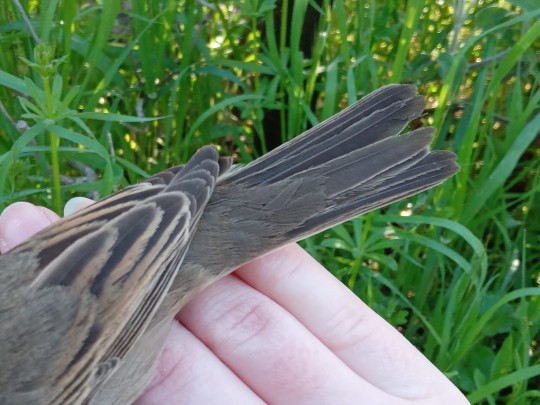


Common Whitethroat (Sylvia Communis), from a banding. Jerusalem Bird Observatory (JBO). 23.3.22
#common whitethroat #Sylvia Communis#whitethroat#sylcur#Warbler#passerine#passeriformes#bird#birds#birb#birbs#birblr#bird photography#bird banding#bird ringing#my photo#my hand#jbo#jerusalem bird observatory#tomodachibirb#tomobirb
99 notes
·
View notes
Text


So after attempting to find an ID for this lovely little skull we've had to settle with a rather unknown answer.
With help, we've decided the closest match, going on remaining feathers and beak sheath colour (so disappointed they broke apart) that its quite possibly a Common Whitethroat!
Which would be an absolute phenomenal find should that ID ever be confirmed. But for now we'll pencil it in.
07/09/22
#vulture culture uk#vulture culture#oddities#taxidermy#bones#skull#skull collecting#animal skull#curiosities#jakelog#bird skull#Whitethroat skull#Common Whitethroat skull
14 notes
·
View notes
Photo


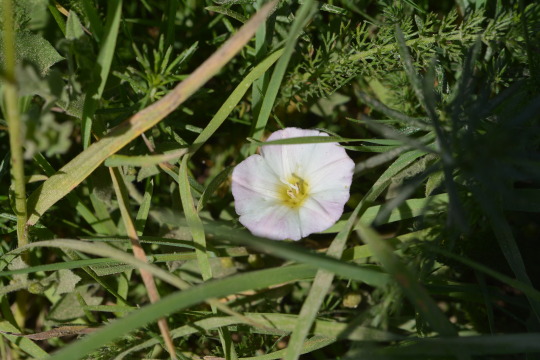
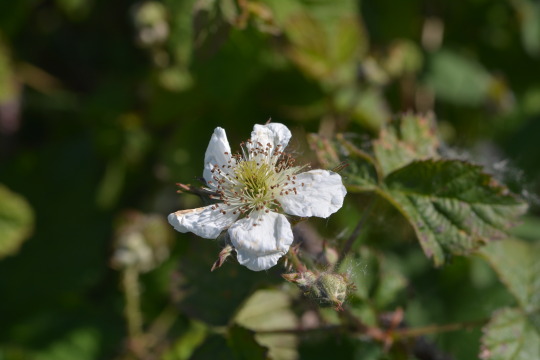
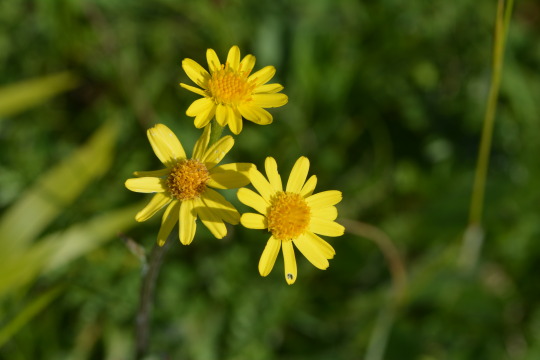
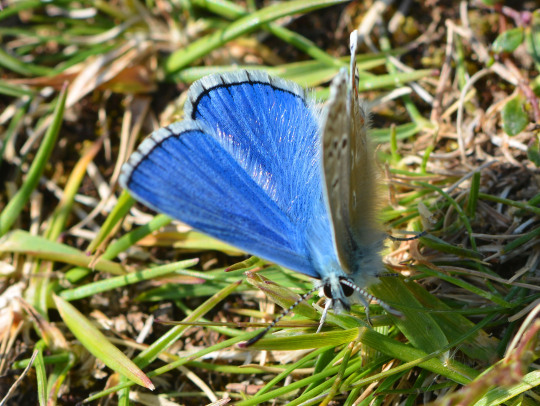




27th May 2023-Martin Down
Pictures in this set taken today: 1. Common Blue butterfly. 2. A dashing Cinnabar moth, it was lovely to see a few of these colourful insects. 3. My first bindweed of the year. 4. Bramble flower. 5. Ragwort. 6. One the Adonis Blues we saw here this afternoon, the main butterfly species we came to try and see which was a very welcome twenty fourth addition to my year list, and it was amazing to see them. Seeing their electric flash of blue which is evocative of tropical rainforests for me sail through the air and land is a sight I never tire of, such an extraordinarily beautiful butterfly and one of my favourites. It was so good to see them in the sunshine. 7. A butterfly orchid which I was astounded to see. A rare and precious flower that I did know was at Martin Down but had never seen myself, we rather stumbled across it and I’m glad we did as it’s such a gorgeous and alluring species. One of my flower moments of the year. 8. Stunning burnt-tip orchids, the main flower I was hoping to see today a very grand and eyecatching one which I am delighted to see the group of pop up in the same spot each year. 9. Corn Bunting. Towards the end of the walk I thought how unusually for here for us these days we’d not yet seen one today and then we saw a few with some fantastic views again, what a year I’m having for this species. 10. Yellowhammer, another quintessential bunting here which I was very happy to see.
Other species of the moment for me Marsh Fritillary, Small Blue and Brown Argus as well as Grizzled Skipper, Dingy Skipper, Small Copper, Peacock, Painted Lady, Holly Blue, Small Heath and perhaps my last Orange Tip of the year were highlights as I saw my highest amount of butterfly species on one day so far this year with fifteen seen on a good day to look for butterflies. Bird wise getting so lucky again this year generally and here to see Grey Partridges flying, Red Kite, two Buzzards especially seen well and Kestrel in the bright blue sky, Chaffinches seen well including immersed nicely in the bubbling blossom at one point, Whitethroat, Rook, Magpie, Blackbird and possibly two Stock Doves, stunning views of Skylarks a key bird here too hearing them well as well and getting so lucky to hear a fluent and iconic Cuckoo again this year were key moments on the walk. Other flowers I enjoyed seeing were sainfoin the other side of the road on the way out in flower, varied coloured milkwort, Dame’s rocket, mignonette, speedwell, bird’s-foot trefoil, horseshoe vetch, kidney vetch, common rock-rose and sorrel. Among a few nice other insects seen I very much enjoyed views of bees and a green shield bug. House Sparrow, Goldfinch, Collared Dove and Starlings were nice to see at home today, with a donkey foal and Stonechats seen well in the New Forest on the way and way back.
#adonis blue#marsh fritillary#small blue#brown argus#grizzled skipper#common blue#donkey#cinnabar moth#butterflies#moth#small heath#cuckoo#corn bunting#yellowhammer#blackbird#rook#whitethroat#may#may bank holiday#bank holiday weekend#uk#world#earth#nature#home#europe#flowers#floral#happy#walk
4 notes
·
View notes
Video
...Leaving... by pete beard
Via Flickr:
Common Whitethroat: Curruca communis
0 notes
Text
General guide to birds in Israel pt 2- cooler birds
This will be a long post. Link to part 1
White spectated bulbul/bul-bul me-mush-kaf
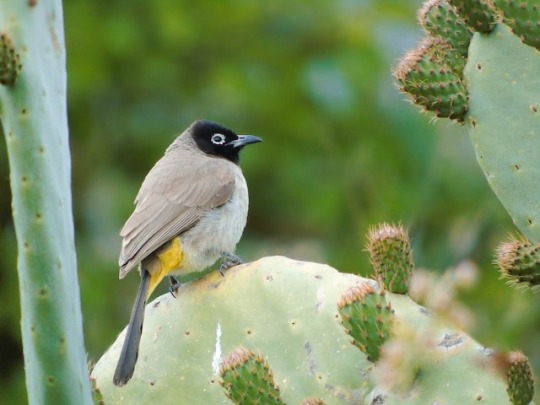
Usually referred to as just bulbul, this bisexual king is the roundest and my most favourite bird. IMPORTANT! BULBUL MEANS DICK! DO NOT TALK ABOUT YOUR LOVE FOR BULBULIM IN PUBLIC!
These birds are slightly larger then the house sparrow and are easily distinguished by their yellow butt. Their calls are reminiscent of frogs. They mate for life and are all bisexual and they cuddle each other. They are a menace to farmers because they are fond of fruit and tend to nibble just a little at a time. You can find them in all parts of Israel as long as there are nice trees nearby.
Eurasian blackbird/shakh-rur

These timid birds like to hide in bushes and trees. Their calls are beautiful and I love them. They are smaller then a pigeon. The males are black and the females are brown. They feed on seeds, fruits and bugs, and use their beaks to search the ground for worms. You can find them in Jerusalem and the north, they like cool weather and don’t fuck with sand.
Great tit/yar-ge-zi ma-tzui
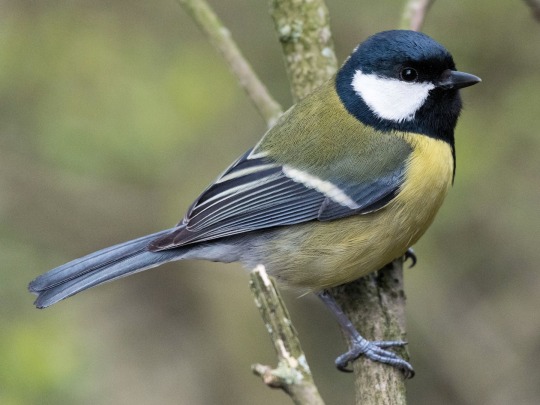
Life isn’t easy for these tiny psychopaths, which might be the reason they developed such a temper. Their Hebrew name translates to “angry one”, and for a reason. They are very aggressive towards other birds. They also feed on the brains of bats. You can distinguish between males and females by the thickness of the black stripe on their belly- males have a thicker one than females. They are most common to the north of Jerusalem, but you can find them in some parts of the desert.
Palestine sunbird/tzu-fit bo-he-ket
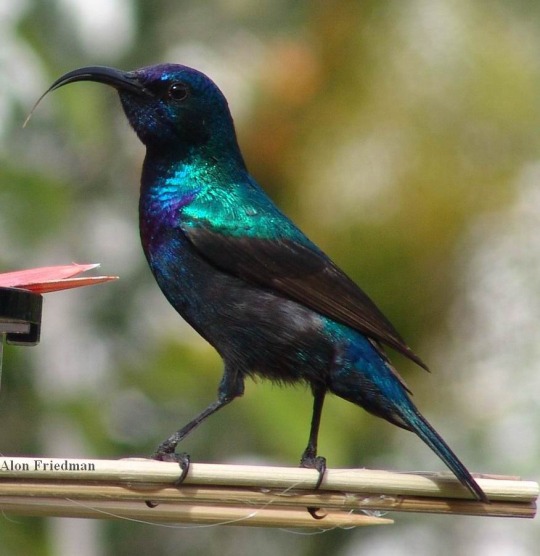
No, that’s not a hummingbird, it’s the sunbird! Despite their remarkable likeness they aren’t even a little related. Sunbirds feed on nectar and are pollinators! The males have black feathers that shine in the sunlight (which is how they got their name) and the females are a muddy grey, but they’re just as lovely. You can find them in all parts of Israel, especially near lush flowery areas!
White wagtail/nakh-li-e-li la-van
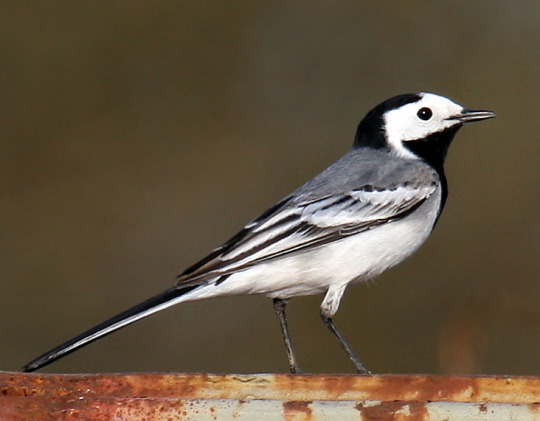
First migrant bird everyone!!! (Some blackbirds migrate here but some nest during summer so shhhh) This lovely round bird starts it’s visits around October and leaves when it gets hellishly warm again. Due to global warming the wagtails visits are shortening, so appreciate them while you can. Like their name suggests, the wagtails wag their tails. A lot. You can find them near water sources during the cold-ish months of the year!
Eurasian jay- or-va-ni shkhor ki-pa
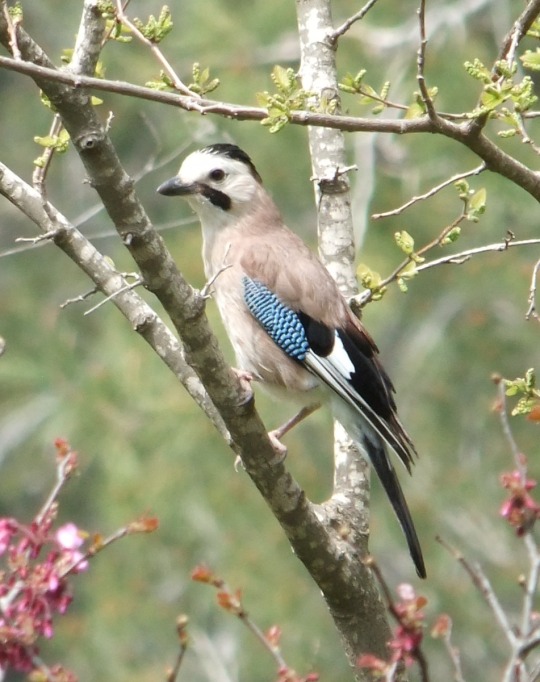
Eurasian jays can be found in other parts of the world, but I’m pretty sure the one we have in Israel is a different sub-species because the ones in Europe lack the beautiful black top that they’re named after.
The jay is a type of corvid, and in addition to being extremely social and intelligent, these birds can mimic other animals. Due to urbanisation, the jays learned to mimic car alarms, the ringing of phones and the cries of human babies. Jays are extremely fond of acorns, and burry them in the ground in preparation for harsher months. A single jay can remember between 4000 to 5000 hiding spots!
Syrian woodpecker/ na-kar su-ri

This picture is of a male woodpecker. The females have a completely black head. Woodpeckers can locate bugs that have burrowed inside trees and use their beak and long tongues to eat them, thereby helping the trees get rid of pests! Woodpeckers also love acorns, and compete with jays over them. To prevent concussions, the woodpecker’s tongue wraps around their brain, keeping it in place while they peck. You can find them in non-desert areas of Israel!
Lesser whitethroat/siv-khi to-kha-nim
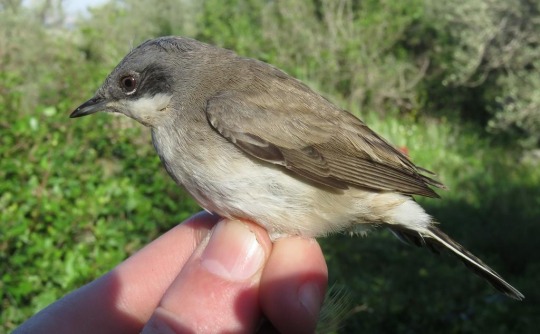
Another migrant birds! These floofballs come here twice a year, once in spring and once in autum, although some whitethroats nest in the north all year long. During their migration you can find them everywhere in Israel, even in very urban areas! They get their Hebrew name, which roughly translates to miller’s shrubbery-liker, because their white chests look how a miller’s apron would look after a long hard day!
Super winged lapwing/sik-sak
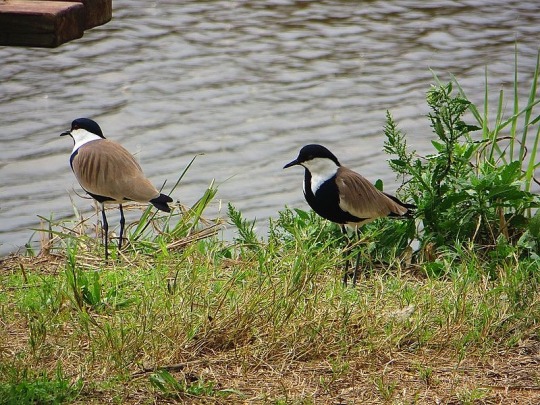
The siksaks are water birds with ridiculously long legs that they use to stab their prey. They kind of look like they are wearing a tux! Their original Hebrew name was “sharoni mezuyan”, which translates to “one that lives in the Sharon and is armed with a weapon” but also “fucking sharoni”. You can find them anywhere in Israel as long as there is a near enough water source.
White breasted kingfisher/shal-dag la-van kha-ze

One of my favorite birds. The kingfisher is a magnificent bird of prey with brilliant blue feathers that always make my day. They are most common in the north and west of Israel, but they nest in smaller numbers in the south. They kingfisher’s diet consists of not only fish, but of crabs, frogs, slugs, bugs, and even the occasional rodent. Their varied diet helps them thrive even in drier areas.
73 notes
·
View notes

